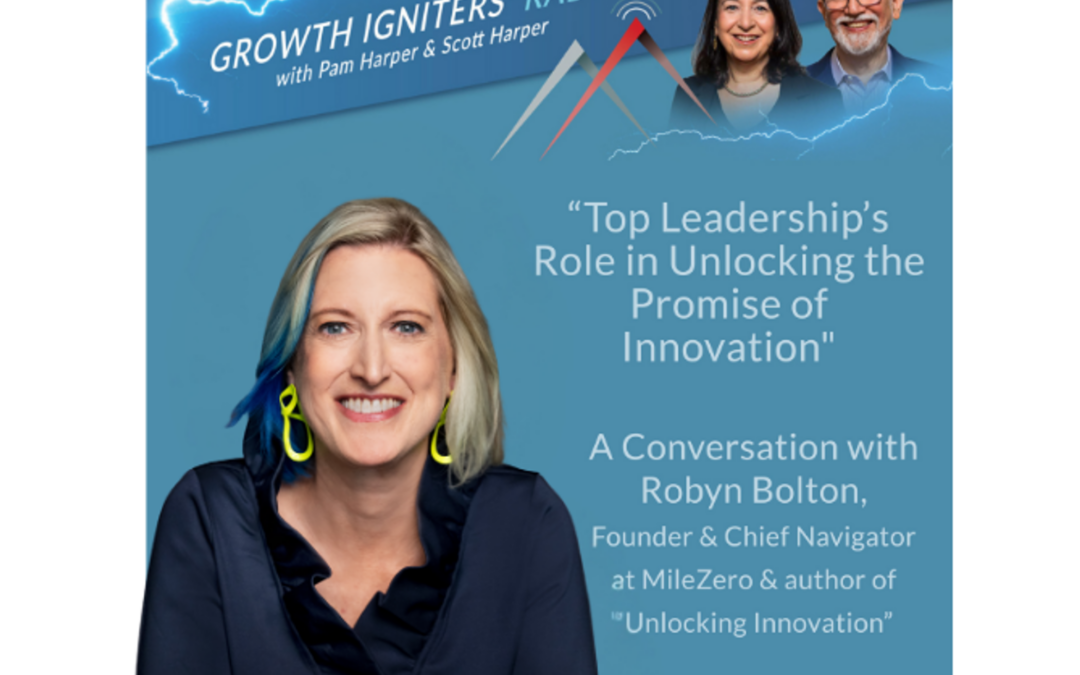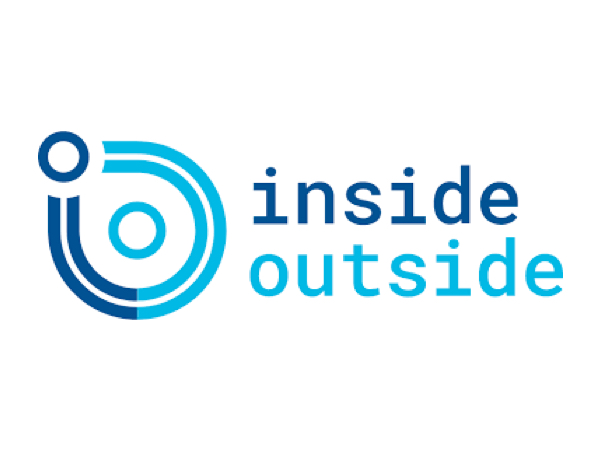


Innovator’s Journey and Mapping Your Progress

Unlocking Innovation

Will AI End Consulting as We Know It?

Innovation is Dead. So How Do You Get Buy-In for Change?
Innovation is undergoing a metamorphosis, and while it may seem like the current goo-stage is the hard part (it’s certainly not easy!), our greatest challenge is still ahead. Because while we may emerge as beautiful butterflies, we still need to get buy-in for change from a colony of skeptical caterpillars who’ve grown weary of transformation talk.
The Old Playbook Is Dead, Too
Picture this: A butterfly lands, armed with PowerPoint slides about “The Future of Leaf-Eating” and projections showing “10x Nectar Collection Potential.” The caterpillars stare blankly, having seen this show before.
The old approach – big presentations, executive sponsorship, and promises of massive returns within 24 months – isn’t just ineffective. It’s harmful. Each failed transformation makes the next one harder, turning your caterpillars more cynical and more determined to cling to their leaves.
The Secret Most Change Experts Miss
Butterflies don’t convince caterpillars to transform by showing off their wings. They create conditions where transformation feels possible, necessary, and safe. Your job isn’t to sell the end state – it’s to help others see their own potential for change.
Here’s how:
Start With the Hungriest Caterpillars
Find those who feel the limitations of their current state most acutely. They’re not satisfied with their current leaf, and they’re curious about what lies beyond. These early adopters become your first chrysalis cohort.
Make it About Their Problems, Not Your Vision
Instead of talking about transformation, focus on specific pain points. “Wouldn’t it be easier to reach that juicy leaf if you could fly?” is more compelling than “Flying represents a paradigm shift in leaf acquisition strategy.”
Build a Network of Proof
Every successful mini-transformation creates evidence that change is possible. When one caterpillar successfully navigates their chrysalis phase, others pay attention. Let your transformed allies tell their stories.
Set Realistic Expectations
Metamorphosis takes time and isn’t always pretty. Be honest about the goo phase – that messy middle where things fall apart before they come together. This builds trust and prepares people for the real journey, not the sanitized version.
Where to Start
- Identify your first chrysalis cohort – the people already feeling the limits of their current state
- Focus on solving immediate problems that showcase the benefits of change
- Document and share small victories, letting others tell their transformation stories
- Create realistic timelines that acknowledge both quick wins and longer-term metamorphosis
What’s your experience? Have you successfully guided a transformation without relying on buzzwords and fancy presentations? Drop your stories in the comments.
After all, we’re all just caterpillars and butterflies helping each other find our wings.